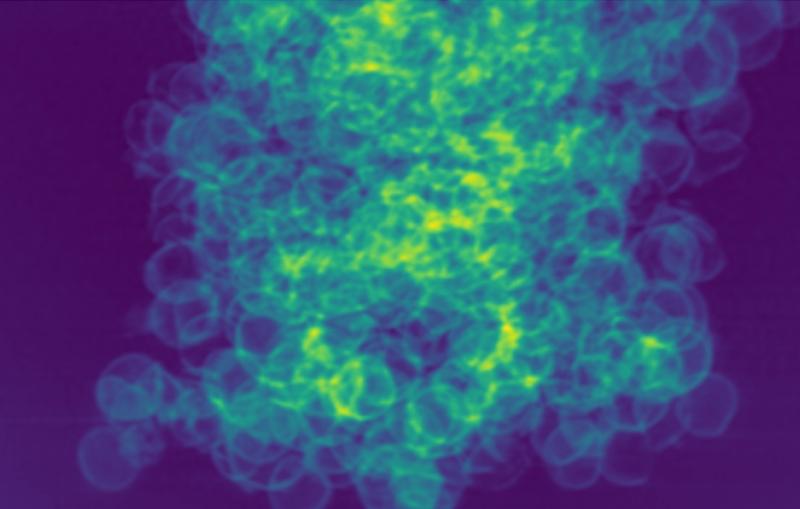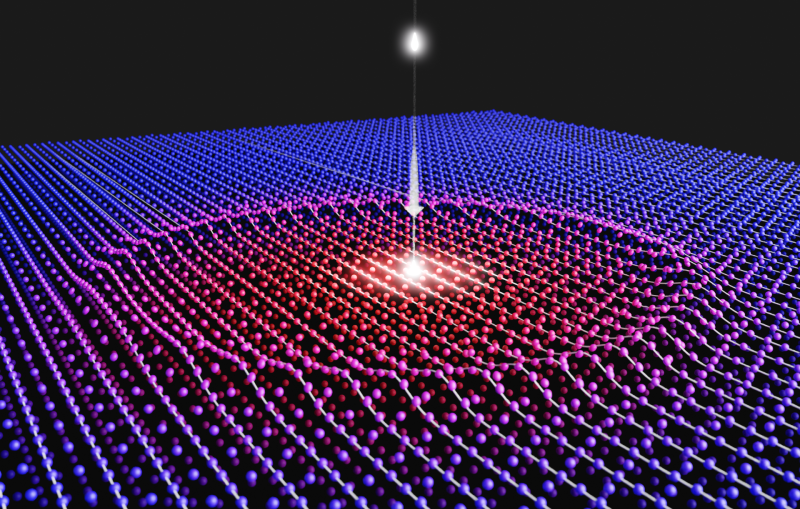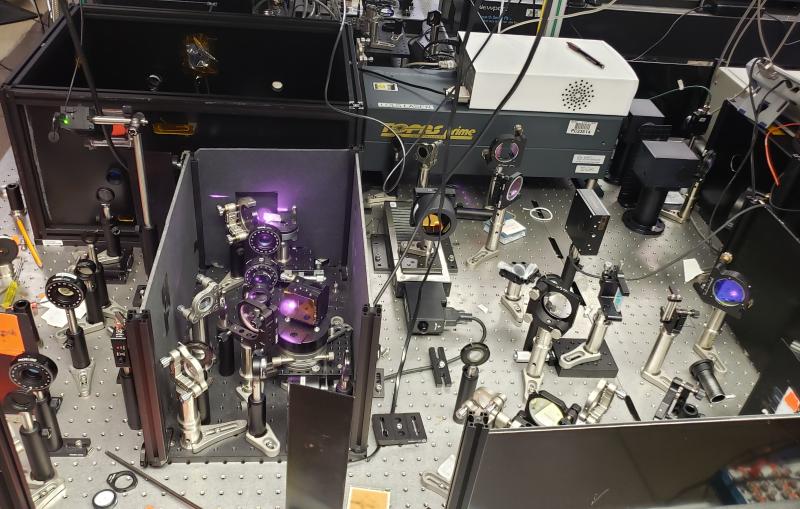
News Feature
VIA Brookhaven Lab
Atomic 'GPS' elucidates movement during ultrafast material transitions

News Feature





SLAC develops materials to improve the performance of batteries, fuel cells and other energy technologies and set the stage for technologies of the future.
Related link:
Energy sciences






